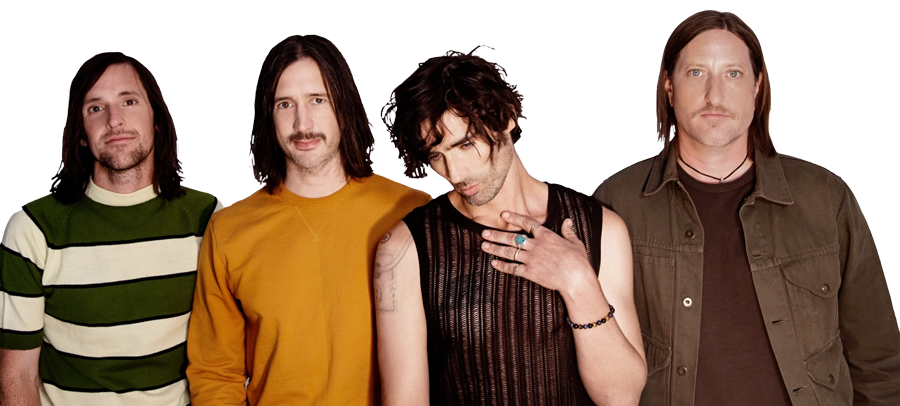Grow your own space seeds
Objective:
Participants will learn about plant-growing experiments on board the International Space Station, such as the Lunar Plant Growth Experiment with basil and Veg-01 experiment in which red romaine lettuce was grown from rooting pillows. Participants will create their own “rooting pillow” containing a green bean.
Materials:
1 Tbsp. potting soil, 1 seven-inch square of newspaper, 1 green bean seed. (This activity uses a Blue Lake Bush Bean.) Optional: flower pot
Origami Cup Instructions:

Planting Instructions:
1. Follow directions to create an origami newspaper planting cup (7” squares).
2. Add 1 Tbsp. soil.
3. Choose one (1) seed and push lightly into the soil.
4. Staple shut top of planting cup.
5. To plant at home, dig a 1” well in soil in a clay pot, tear off a little of the bottom of the planting cup, place in the soil, and pull open the top of the cup. Make sure the bean seed is covered by 1” of soil. Water lightly and place in a sunny spot where the bean seed should germinate within one week. Plant can be transplanted into the ground in early March. This bean should have pods ready to pick in 55 days, and the plant will grow to be 15-20” tall.
Download Space Seed Instructions (PDF)
Clean your water
Background:
The astronauts onboard the International Space Station (ISS) join those of us on Earth in the recycling effort. The astronauts recycle their water. This includes the moisture they exhale and sweat, as well as the water they use to shower and shave. These wastewaters are purified and then used as drinking water. The ISS uses filtration and temperature sterilization to ensure the water is safe to drink. Water is checked often to ensure it meets the water quality requirements and monitored closely for bacteria and pollutants.
Materials:
- 2 liters of dirty water (add 1 cup of dirt to 2 liters water to make thin but opaque liquid)
- 2-liter soda bottle cut in half (by an adult)
- Alum (found in spice aisle in grocery store)
- beach sand or play sand
- coarse sand napkins or paper towels
- small pebbles (natural colored aquarium rocks work well)
- cotton balls, coffee filters, old clean socks, tulle and/or gauze squares
Procedure:
Put the top half of the soda bottle upside-down (like a funnel) inside the bottom half. The top half will be where you build your filter; the bottom half will hold the filtered water. Layer the filter materials inside the top half of the bottle. Think about what each material might remove from the dirty water and in what order you should layer the materials.
Pour the dirty water through the filter. What does the filtered water look like? Take the filter apart and look at the different layers. Can you tell what each material removed from the water? Wipe the bottle clean and try again. Try putting materials in different layers or using different amounts of materials.
Now it’s time to experiment:
Think of a question you want answered. Like, are there better materials for cleaning water?
Be sure to predict what you think is going to happen. Then, test it out using different materials.
For an added challenge, try using only two or three of the materials to build your filter.
NOTE: The water you have cleaned is not disinfected. Do not drink.
Download Water Filtration Instructions (PDF)




